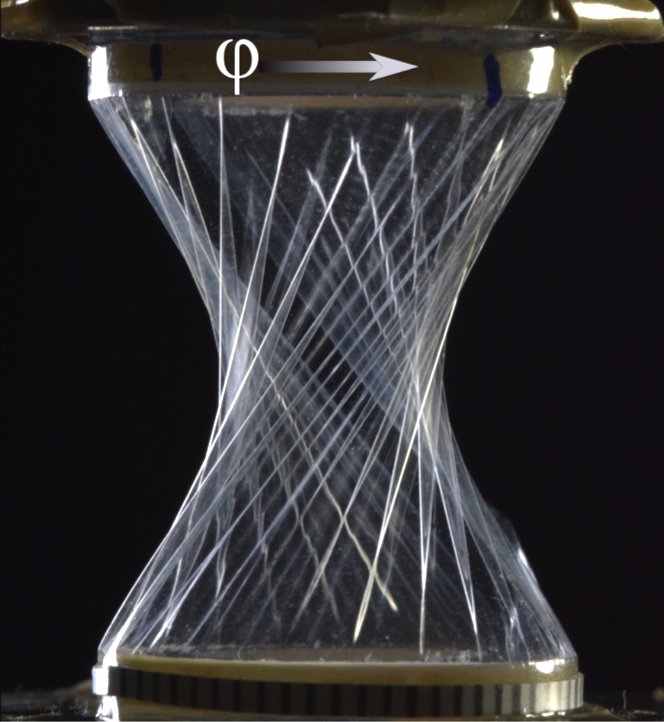
A wrinkled film offers a reservoir of material that can be deployed at a later time. Taking this view of wrinkles, we show that a thin cylindrical shell offers a novel mechanical response that we call a “tunable locking material”. By manipulating the shell from its boundaries through axial compression and rotation, we can select the twist angle at which it locks—manifesting as a dramatic increase in the torque upon further rotation. We construct a simple geometric model that can predict the locking angle and locking stiffness, in excellent agreement with experiment. See the paper here.
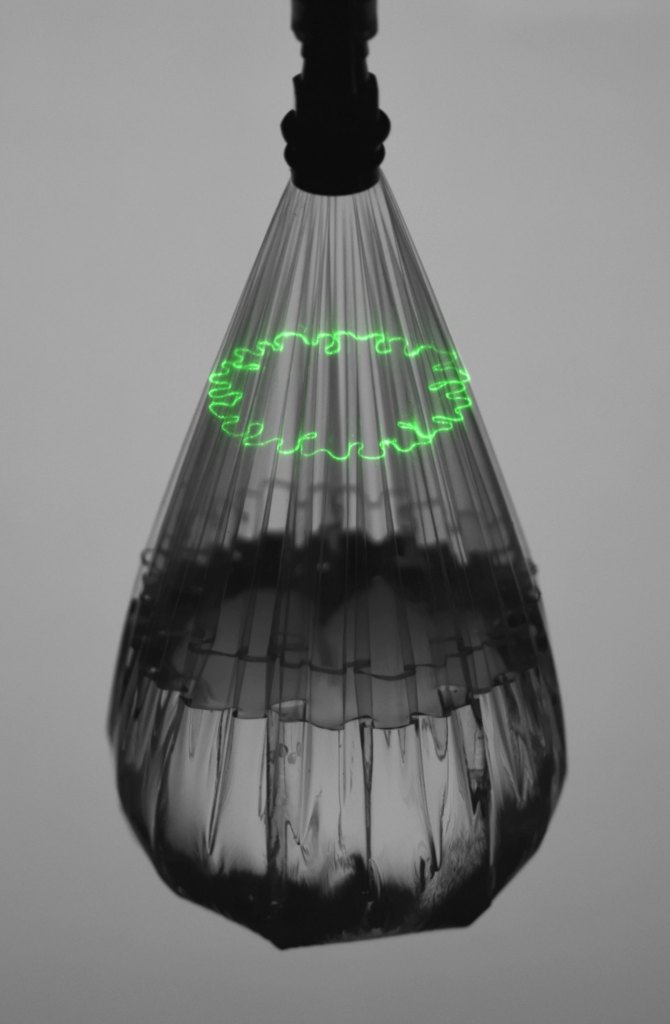
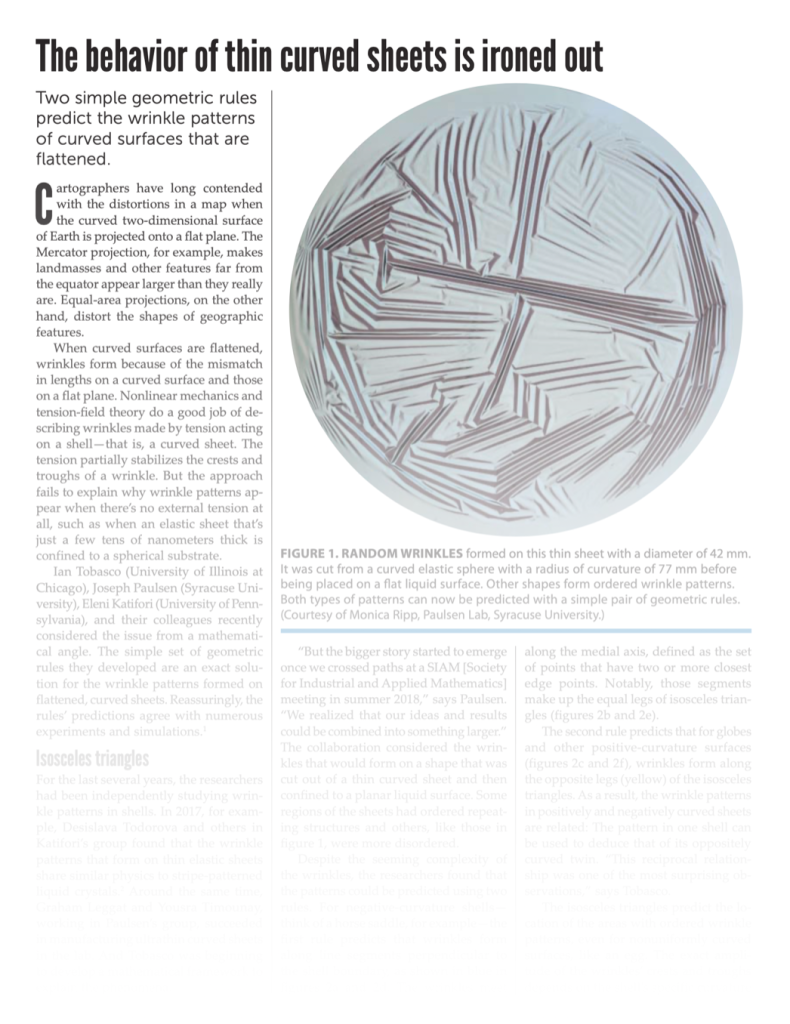

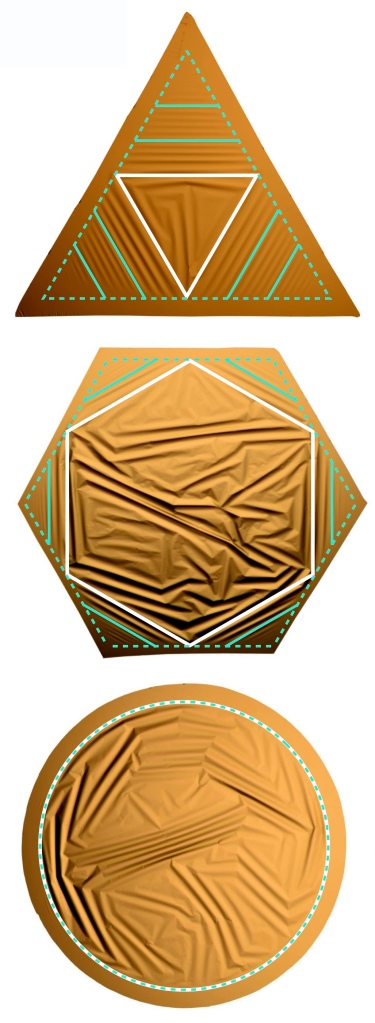
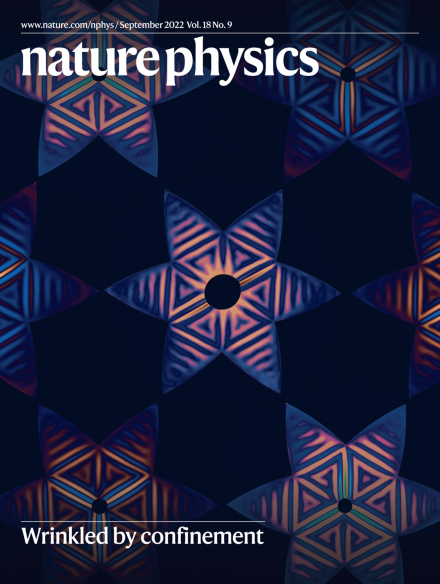
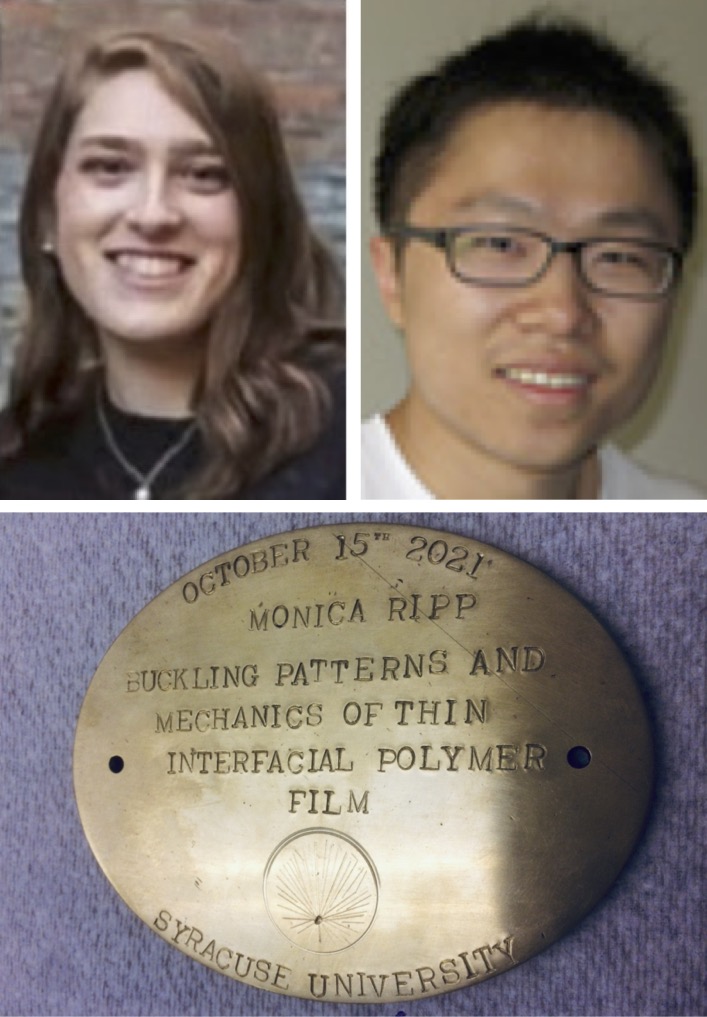
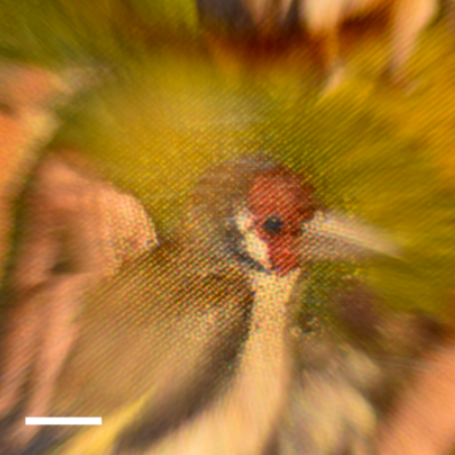
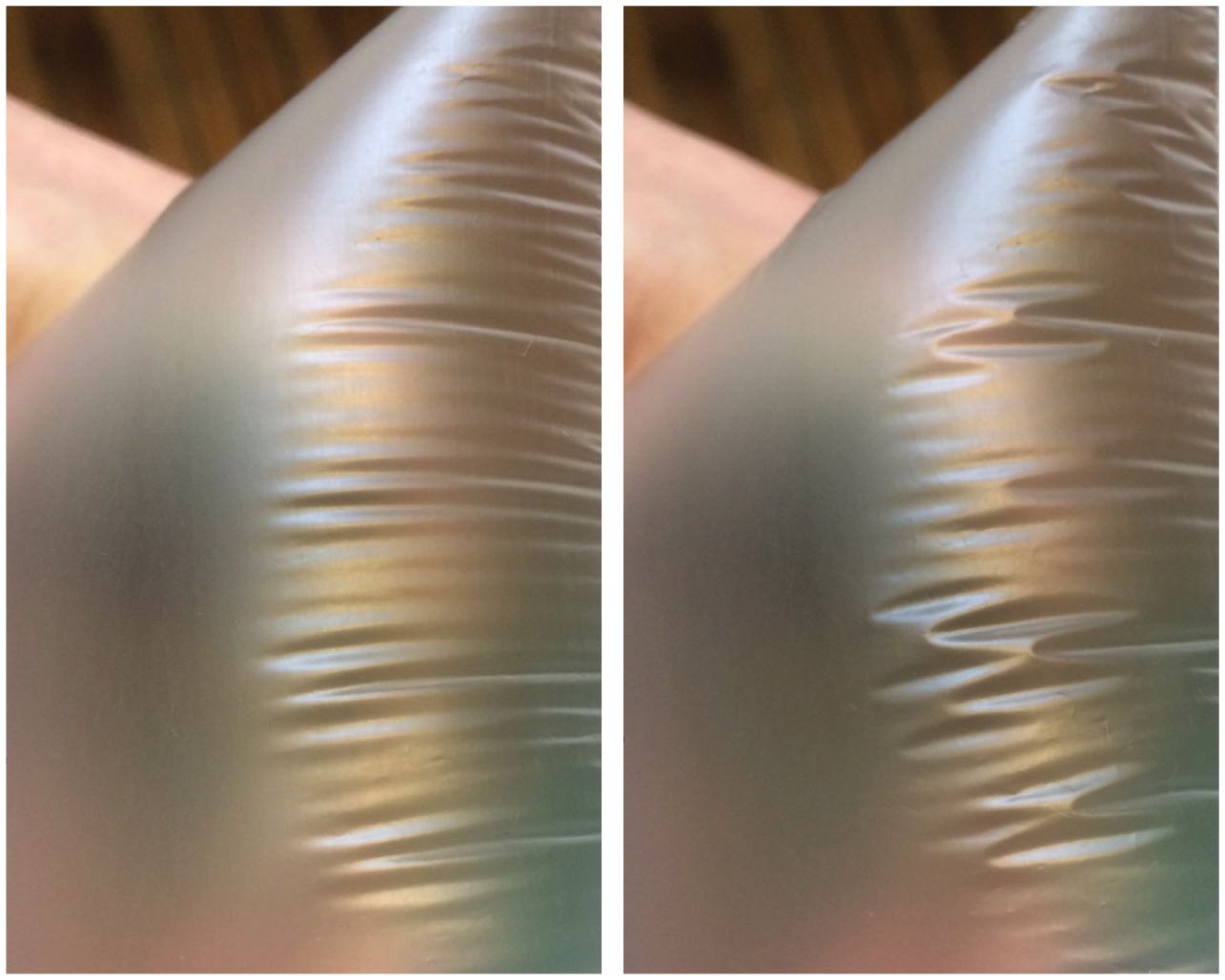
Recent Comments